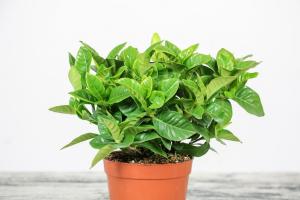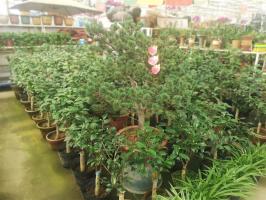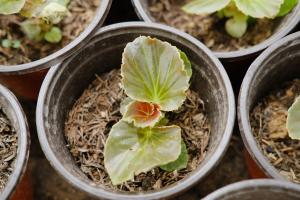How to Plant Amla Tree at Home
Also known as Indian gooseberry, Amla tree is a fruit tree that is native to India and the Middle East but can be grown in many parts of the world. Amla fruit is packed with vitamins C and E, calcium, phosphorus, iron, and antioxidants, making it an excellent source of nutrition. Growing Amla tree at home is a great way to have access to fresh fruit with many health benefits.
Choose the Right Spot
Amla trees prefer a warm, sunny location with well-draining soil. Look for an area in your garden that receives at least six hours of direct sunlight every day. The soil should be fertile and not too alkaline or acidic. If your soil is not suitable, amend it with organic matter like compost or well-rotted manure.
Getting Amla Tree Sapling
You can get an Amla tree sapling from a nursery or online store. Look for a healthy sapling that is at least a year old. The sapling should have a well-developed root system and visible buds. It is best to plant the sapling in the spring or early summer when the soil is warm.
Planting Amla Tree
Once you have got a sapling, dig a hole twice as wide and as deep as the root ball. Gently remove the sapling from the container and loosen the root ball. Place the sapling in the hole and backfill with the soil mixture made of garden soil and compost. Pat the soil down around the sapling and water thoroughly. Add a layer of mulch around the base of the sapling to help retain moisture.
Caring for Amla Tree
Amla trees require regular watering, especially during hot and dry weather. Water the trees deeply once or twice a week, depending on the soil moisture level. Amla trees do not require much fertilizer, but a yearly application of a balanced fertilizer can promote faster growth and better fruit production.
Prune the Amla trees in the early spring to control the shape and size of the tree. Remove any dead or diseased branches and thin out the canopy to improve air circulation and sunlight penetration. Amla trees can reach up to 20 feet in height, but regular pruning can help keep them at a manageable size for home gardeners.
Harvesting Amla Fruit
Amla fruit is ready to harvest in late fall or early winter. The fruit goes from green to yellow when it's ripe. To harvest, gently twist or pluck the fruit from the tree. Amla fruit can be eaten fresh or used in a variety of culinary recipes. The fruit can also be dried and stored for use throughout the year.
Growing Amla tree at home can provide a tasty and nutritious crop with several health benefits. With some proper care and attention, you can have a thriving Amla tree in your backyard that you can enjoy for years to come.

 how many times do yo...
how many times do yo... how many planted tre...
how many planted tre... how many pine trees ...
how many pine trees ... how many pecan trees...
how many pecan trees... how many plants comp...
how many plants comp... how many plants can ...
how many plants can ... how many plants and ...
how many plants and ... how many pepper plan...
how many pepper plan...

































